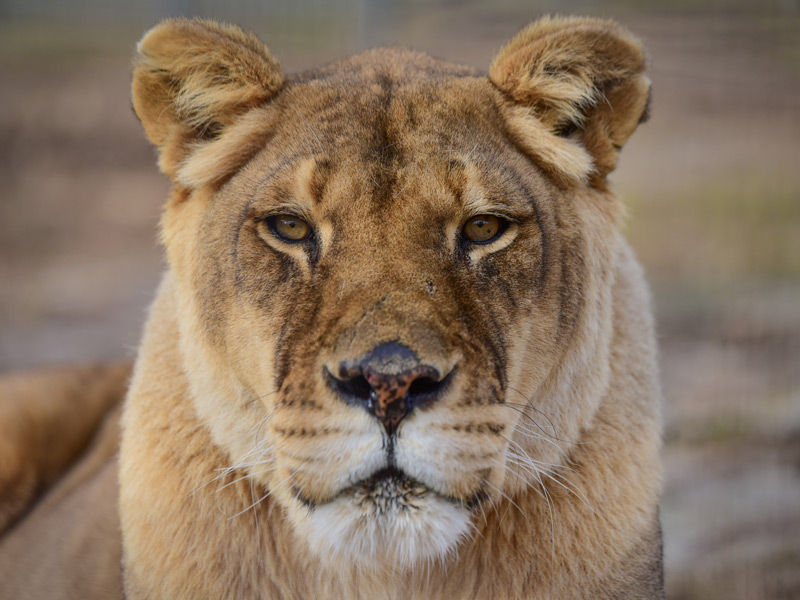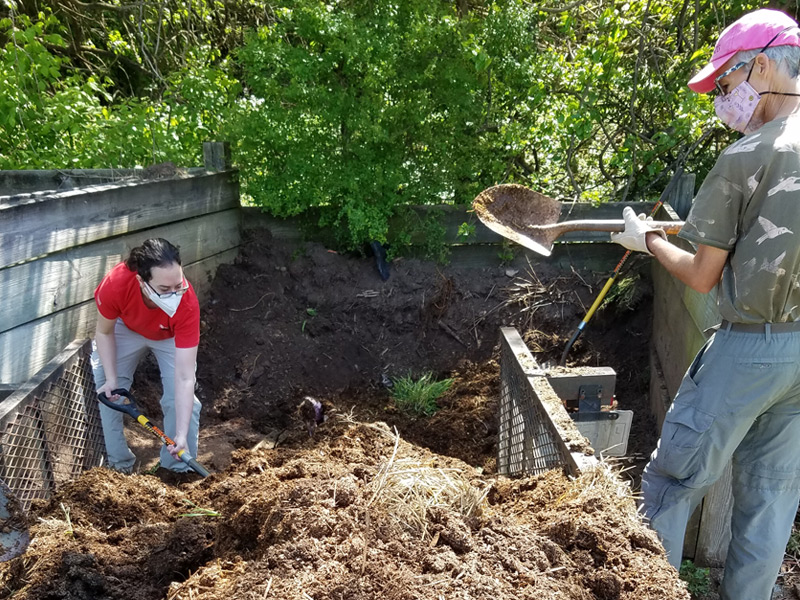The Legacy of a Lioness
For immediate release ‐ June 23, 2021
Contact: Micah Beasley, 919.707.9970 and Jon Pishney, 919.707.8083. Images available upon request
 A close-up image of Kiara the lioness. Photo: Kathy Patterson.
A close-up image of Kiara the lioness. Photo: Kathy Patterson.
By Lisa Gatens, Collections Manager for Mammalogy, and
Micah Beasley, PR & Marketing Coordinator
In January 2020, The Conservators Center, a zoological park in Burlington, NC, announced the death of a beloved lioness named Kiara.
Almost 17 years ago, Kiara, along with 13 other lions and tigers, was rescued from a breeding facility in Ohio that was shut down for Animal Welfare Act violations.
After she passed, she was taken to the NC State Veterinary Medicine facility for a necropsy (animal autopsy) then was placed in a large freezer.
The Museum’s Collections Manager for Mammalogy, Lisa Gatens, tried to make arrangements with the NC State Veterinary Medicine facility for Kiara’s remains to be brought to the Museum for further research and study. However, the worldwide pandemic stalled her efforts until very recently.
A couple of weeks ago, Lisa was finally able to pick up the 450-pound lioness from NC State. With help from the veterinary school staff, Kiara was loaded onto the back of a truck and brought to the Museum’s Prairie Ridge location. There, natural resource specialist Brian Hahn and additional staff helped unload the remains into an area behind the research lab.
During this process, the carcass is buried in horse manure, a process exactly like composting for home gardens. A visiting researcher helped Lisa remove the skin, muscle, and as much underlying tissue as possible, then several Museum staff members helped shovel large loads of manure onto the animal’s remains.
 Museum staff help prepare Kiara’s remains to join the Museum’s mammalogy collection.
Museum staff help prepare Kiara’s remains to join the Museum’s mammalogy collection.
Lisa shares, “None of this is as gruesome as it may sound! This is something that we do regularly, though not often with an African lion.” In fact, the Museum has only one other African lioness in its collection.
Once the remains are excavated and washed, the bones will be kept in the Museum’s mammalogy collections as a research specimen. The bones will be available for researchers at the Museum as well as students and faculty from local universities to study.
“This isn’t the end of the story for Kiara. Her legacy will continue by giving her this future in research,” Gatens concluded.
Kiara is survived by two daughters, Katrina and Savik, born shortly after Kiara’s arrival to The Conservators Center. Both continue to live at the Animal Park and enjoy having visitors again with pandemic restrictions eased. Learn more about the Animal Park at The Conservators Center by visiting their website.
For more information about our upcoming activities, conservation news and ground-breaking research, follow @NaturalSciences on Instagram, Twitter and Facebook. Join the conversation with #visitNCMNS.

